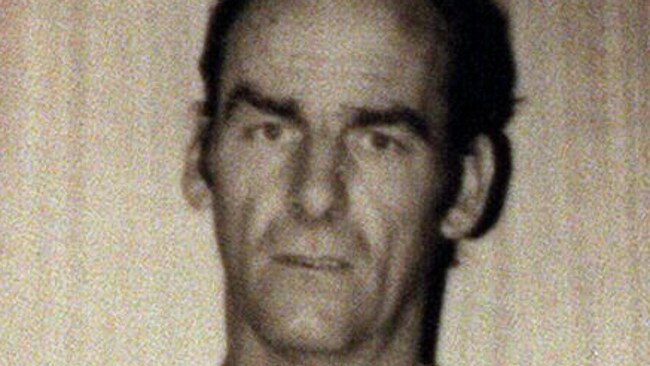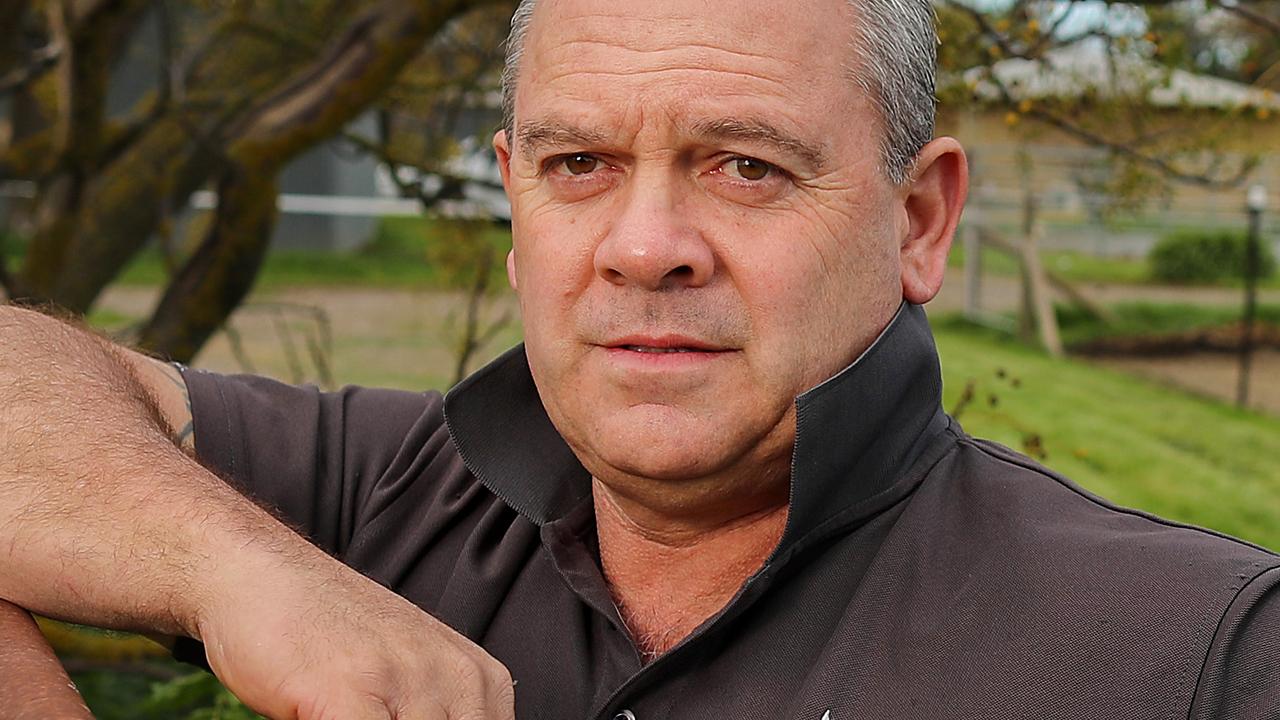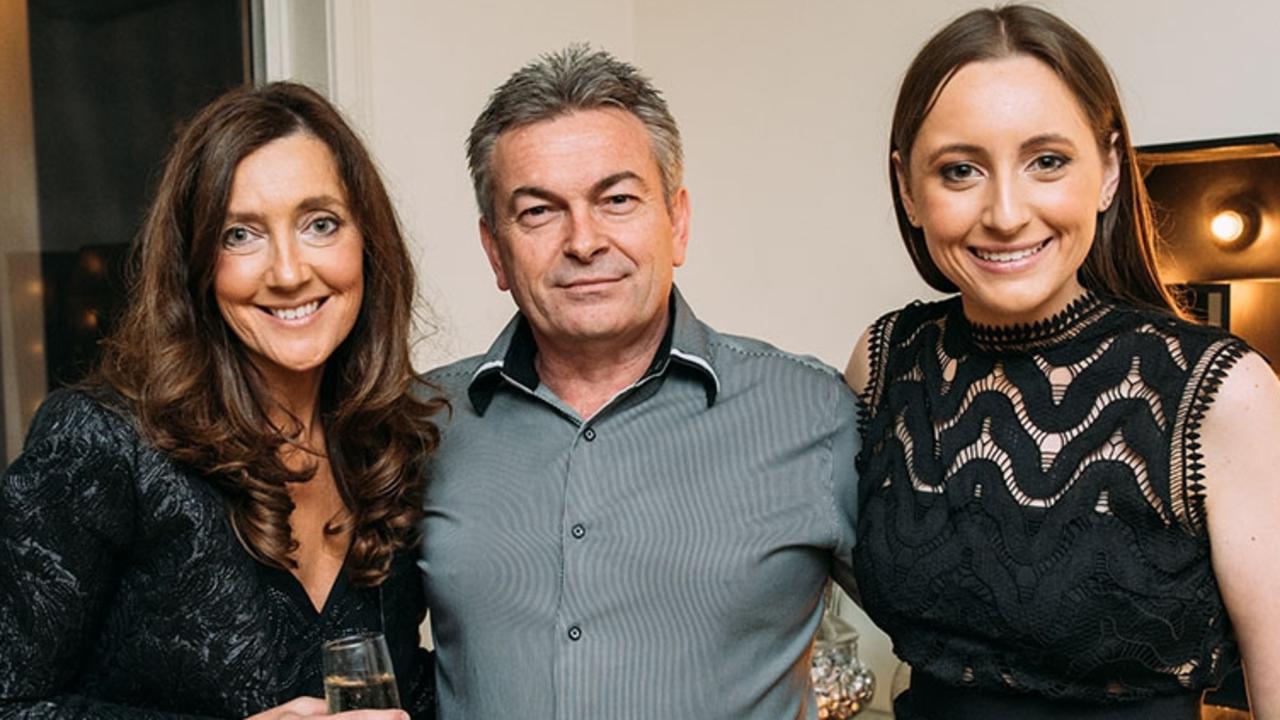Andrew Rule on Russell St bomber Craig Minogue
FOUR mugshots, one convicted bomber — now he wants freedom, writes Andrew Rule.

Andrew Rule
Don't miss out on the headlines from Andrew Rule. Followed categories will be added to My News.
THE old Polaroid snaps came in a plain envelope with no note to say who had sent them. But as soon as they slid out on the desk, it was obvious what they were.
Police mugshots, each taken against the same grim painted brick wall just hours after the Russell St bomb suspects were arrested. Each picture with a neatly typed caption, yellowed with age.
Four snapshots of four sullen young men in mid-1986, when each was suspected of being in the gang behind the murderous car bomb that devastated Melbourne on Easter Thursday that year.
Missing is Stan Taylor, the charming and vicious older criminal who had groomed these disturbed youngsters as attack dogs in a “war” he declared on police in particular, the public in general.
Stan Taylor, who had learned to act with the Pentridge Players, and had used his skill to con people into thinking he’d reformed.

Stan Taylor, who worked in television dramas and doing voluntary “youth work” while plotting robberies and murder with the very youths he was supposed to be steering away from his own past of violence, dishonesty and prison.
He died last week still in custody after years of suffering from cancer, a just result given that the bomb he built killed a young policewoman who shared his surname, Angela Taylor.
The old killer is gone and good riddance. But he left behind the monster he helped create: Craig “Slim” Minogue, the only other member of the gang convicted for the bombing along with Taylor — unlike fellow gang members, Peter Michael Reed (who shot policeman Mark Wylie) and Craig’s little brother Rodney Patrick Minogue, who was acquitted on appeal of being an accessory. Then there was Reed’s brother Steven (who used the original family surname), also brought in for close questioning and released.

So, how evil is Craig Minogue? And has his evil streak truly been erased by rehabilitation and jailhouse study — or has it just been hibernating for 30 winters?
These are the questions that members of the Adult Parole Board must wrestle with. A terrible job, not only because of the potential for disaster but the certainty that the public, the media and police will criticise them on one side and civil libertarians will criticise them on the other.
Everyone loves to bag the umpires but who would want to make the hard calls the board has to make every week?
Nerves are still raw from the Adrian Bayley debacle. Bayley was paroled after doing time for vicious sex crimes then he slipped through the net. He was not locked up for breaching parole (with a violent assault) in early 2012, was given bail on the same charge, and used his freedom to rape and murder Jill Meagher.
Many found it irresistible to blame the easiest and closest target — the people we saddle with the task of handling a cage full of dangerous dogs, trying to guess which ones are least likely to bite again if they’re let out. They are, as the saying goes, on “a hiding to nothing”.

The best the parole board can expect is to avoid disasters like Bayley and like Sean Price, who killed Doncaster schoolgirl Masa Vukotic when he should have been locked up. But where bad people are concerned, disaster is inevitable.
After Jill Meagher’s murder, the head of the board at the time of the Bayley decision, Justice Simon Whelan, fronted critics and shouldered responsibility in a way that often doesn’t happen in public life. He didn’t bluster or hide behind the robes of office or stoop to the weasel words that cross-infect politicians, bureaucrats, business leaders, lawyers and, shamefully, some journalists.
But he did tell some uncomfortable truths. The parole board was woefully underfunded, running on a tiny lick-and-a-promise budget compared with that of its NSW equivalent. Worse, it was forced to rely on the often fallible guidance of the Corrections Department, police and the courts.
Corrections had recommended paroling Bayley — and the police had not opposed a magistrate bailing him for the assault that should have got him automatically locked up. Having made those points, Justice Whelan apologised in person to Jill Meagher’s family because the flawed system had failed them.
So, in a world in which the bravest thing many of us do is be rude to waiters, the judge had the grit to come clean, rebut unfair criticism, acknowledge fault and to say sorry. Bearing all that in mind, present board members have to ponder the poison chalice of whether to parole Minogue.

On the one hand, the board has guidelines that cannot be torn up at the whim of angry radio talkback callers or outraged correspondents to editors or protests by crime-victim groups. The board must consider the fact that the prisoner has served more than his minimum sentence. And that for most of that time he has — like his late mentor Stan Taylor — kept up the appearance of a model prisoner.
But to us ordinary citizens, there are things about Minogue that make us wonder if he should be free to walk among us at the age of 52. It says a lot about Minogue’s propensity for evil that the best thing he has done for humanity is to murder a fellow prisoner, Alex Tsakmakis. It happened in mid- 1988. Minogue, out to establish himself high in the brutal prison pecking order, put weights in a pillow slip and bashed Tsakmakis, who died of brain injuries.
In other words, Minogue executed one of the few prisoners worse than himself: Tsakmakis was an intelligent, remorseless, sadistic psychopath who, among other crimes, had tied a man with chicken wire and dumped him off Point Lonsdale.
Tsakmakis was also reputedly the robber who shot three jewellers in Melbourne’s Manchester Unity building on St Patrick’s Day in 1978.

He also shot a newsagent and his wife in the head in a robbery to raise cash for his murder case.
Did Minogue get any extra time for cold-bloodedly murdering Tsakmakis? He did not. He was sentenced to serve it concurrently with the 28 years he got for Angela Taylor’s death, along with sentences for violent armed robberies. Do one shocking crime and all the rest are “freebies”, apparently. If this weighs on his conscience it obviously hasn’t distracted Minogue from studying to obtain his philosophy doctorate.
But maybe the most troubling aspect for the board should be the abduction and murder of a 13-year-old girl, the de facto granddaughter of a fellow crook who gave key evidence against Minogue and Taylor over the bombing.
Prue Bird vanished from her Glenroy home in 1992. Her body has never been found. Bega schoolgirl killer Leslie Camilleri was convicted of her murder after an evasive prison-cell confession in 2013 in which he clearly left out key facts — such as who asked him to abduct Prue and why.
Until that question is answered to everyone’s satisfaction, the shadow of Prue Bird’s death should be enough to keep “Dr Minogue” locked up until he is an old man.
The parole board cannot “re-sentence” prisoners. But, since the Jill Meagher tragedy, it has been instructed to put public safety first. In which case, let Minogue apply again when he is 70. That would be more like a real life sentence.



